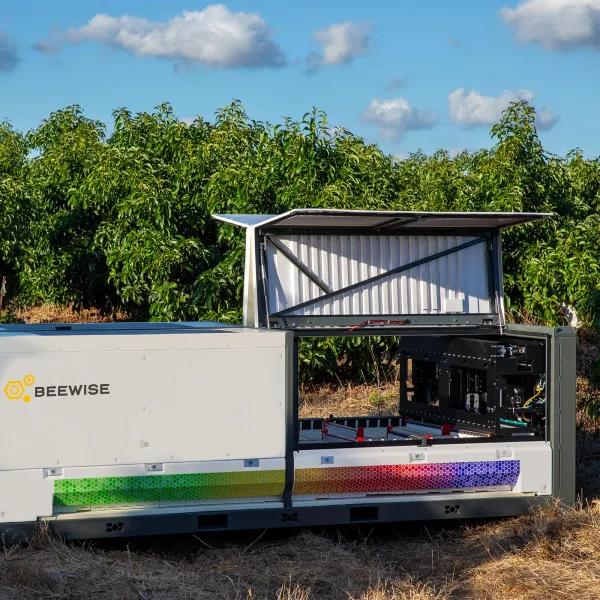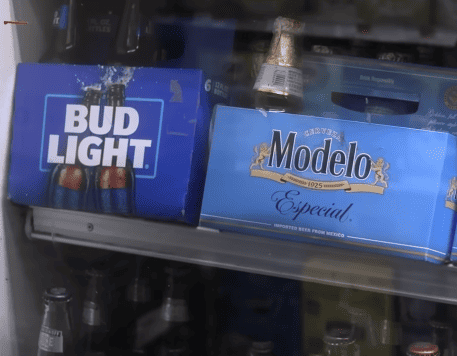What communications close the sale?
In our “Personalized Marketing…” post from a few days ago I referenced the 2024 Global Trends Index from Marigold. This paper reports findings from a…

In our “Personalized Marketing…” post from a few days ago I referenced the 2024 Global Trends Index from Marigold. This paper reports findings from a…

While there are many examples of powerful brands, Liquid Death is powerful, timely, and relevant to the young adults most of us are teaching. The…

In my class and my textbook, I largely refrain from using examples from the marketing of alcoholic beverages. I do not want to appear to…

Marques Brownlee, a YouTube tech reviewer known as MKBHD, has become a pivotal figure in the consumer electronics industry. From his studio in Kearny, New…

Marketing intelligence and research agencies often conduct research and prepare reports on industries or customer segments. Sometimes they post a teaser with little useful information,…

Are you searching for some fun new examples to use in class? Innovation and new products are an important outcome of good marketing. The Time…

Have you been asked to tip in new situations? How do you handle it? I couldn’t believe it when the fast food restaurant asked for…

This article in the New York Times (requires subscription, but I am thinking most faculty have access through subscription or their university) describes the growth…

In our textbook, we stay away from references and images of alcohol. We know that some instructors prefer not to expose their students to any…